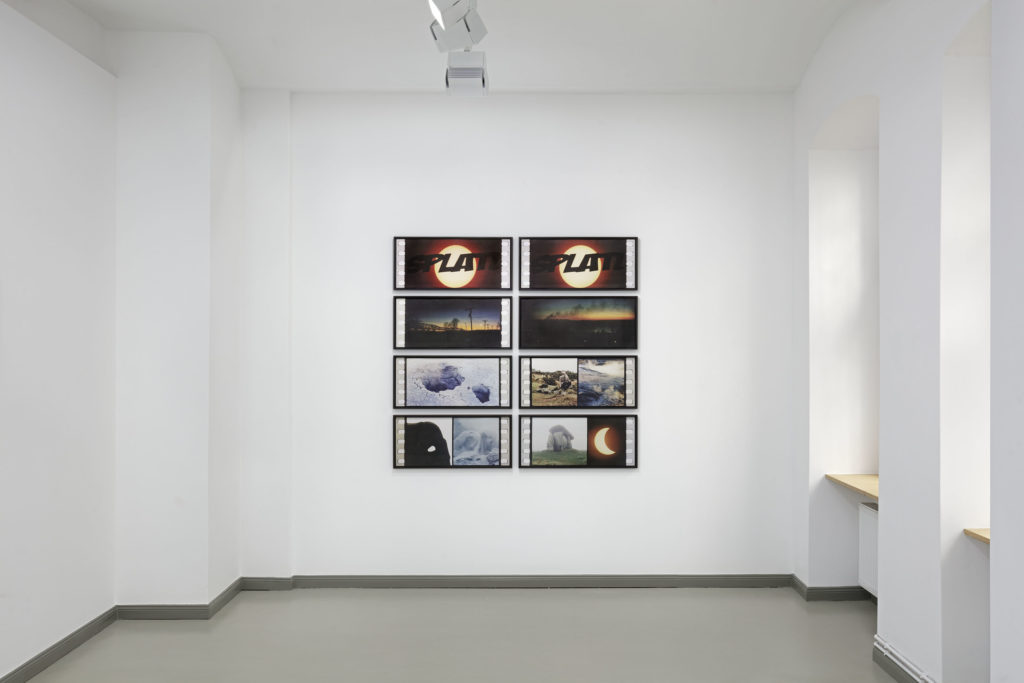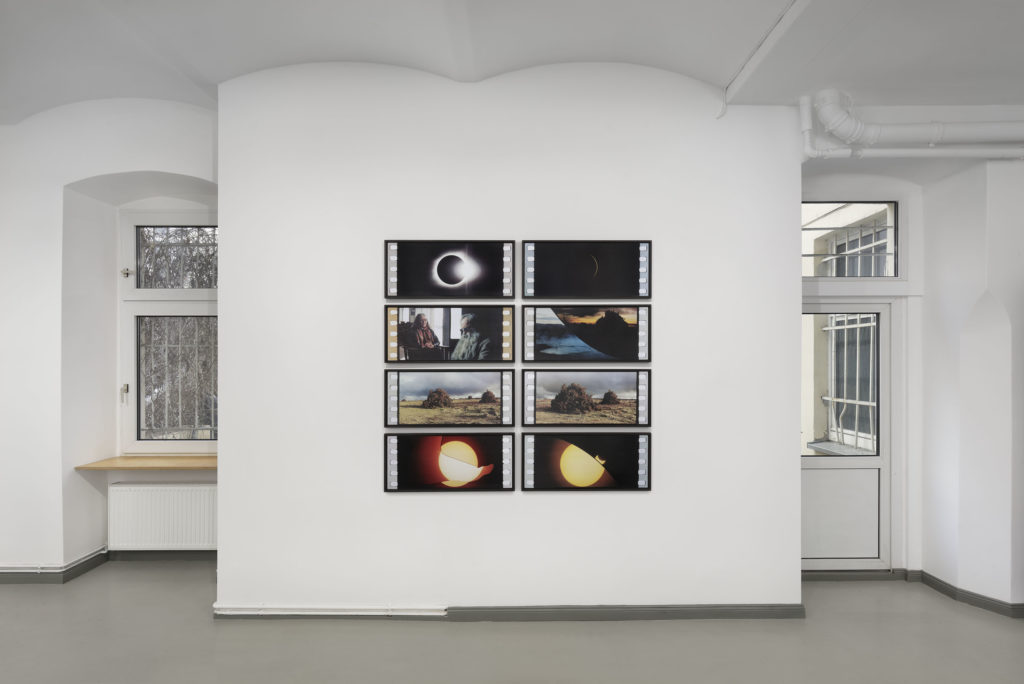Tacita Dean

BORCH Editions is delighted to present Tacita Dean’s most recent print project, Antigone (offset), 2021, together with JG (offset), 2013, at BORCH Gallery in Berlin.
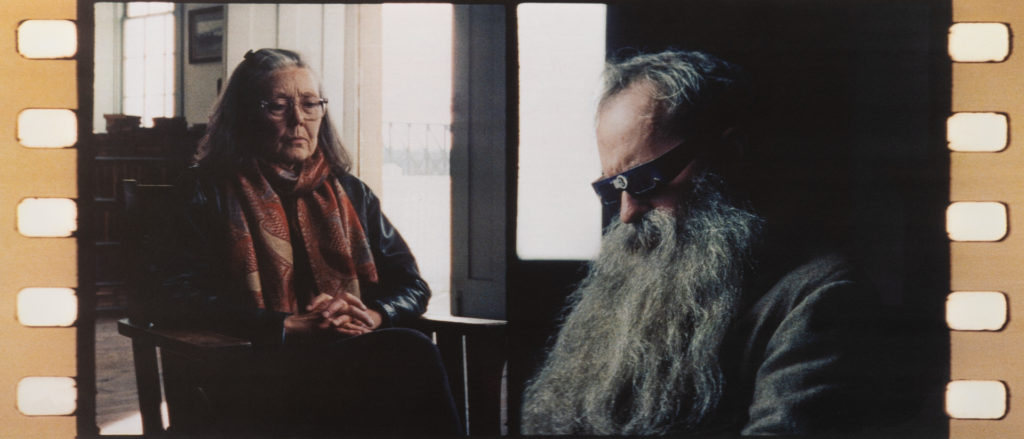
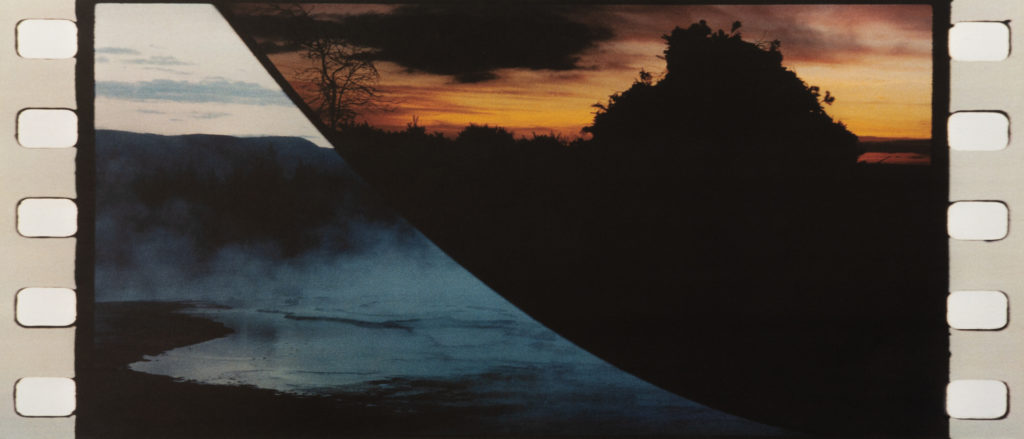
The eight offset lithograph diptychs of Dean’s Antigone (offset), 2021, are stills from her 2018 double projection 35mm Cinemascope film Antigone. The starting point for the project was Antigone, not only a central figure of mythology but also the name of Dean’s older sister and therefore closely related to the artist’s own story.
In Antigone, Dean creates a multi-layered visual tale around the concept of blindness, rooted in the destiny of Antigone’s father/brother Oedipus, who blinds himself after unwittingly killing his father and marrying his own mother. Dean’s Antigone is concerned with the untold story of the years between the two Sophoclean plays Oedipus Rex and Oedipus at Colonus when the blind man arrives at Colonus accompanied by Antigone, who has guided him through years of restless wandering in the wilderness. The film is structured around a solar eclipse as a symbol of nature’s blindness and features writer and poet Anne Carson and actor Stephen Dillane, performing the blinded Oedipus.
So Antigone was instructed by blindness: my own creative blindness, the blindness of Oedipus and the cosmic blindness found in nature in the form of the total eclipse of the sun.
Tacita Dean
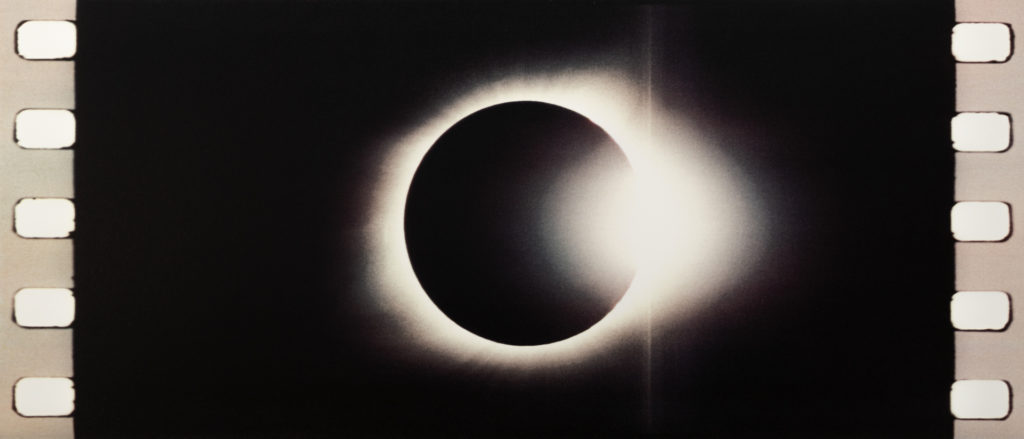
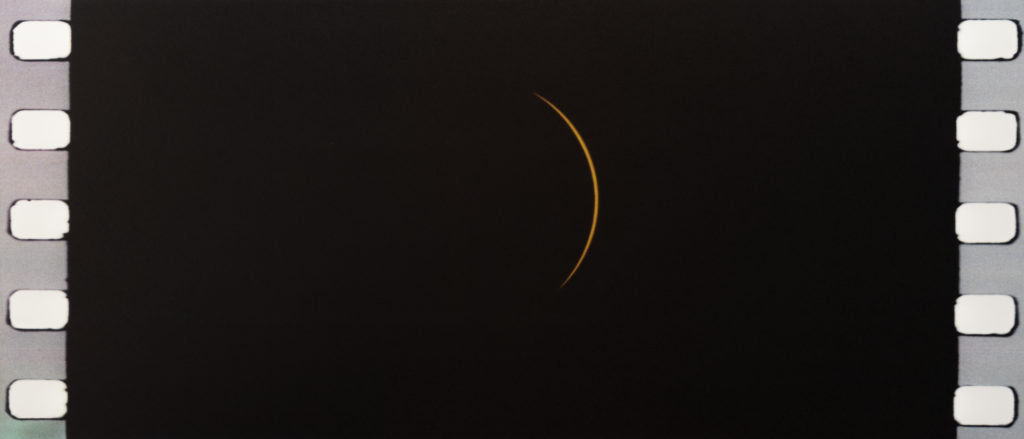
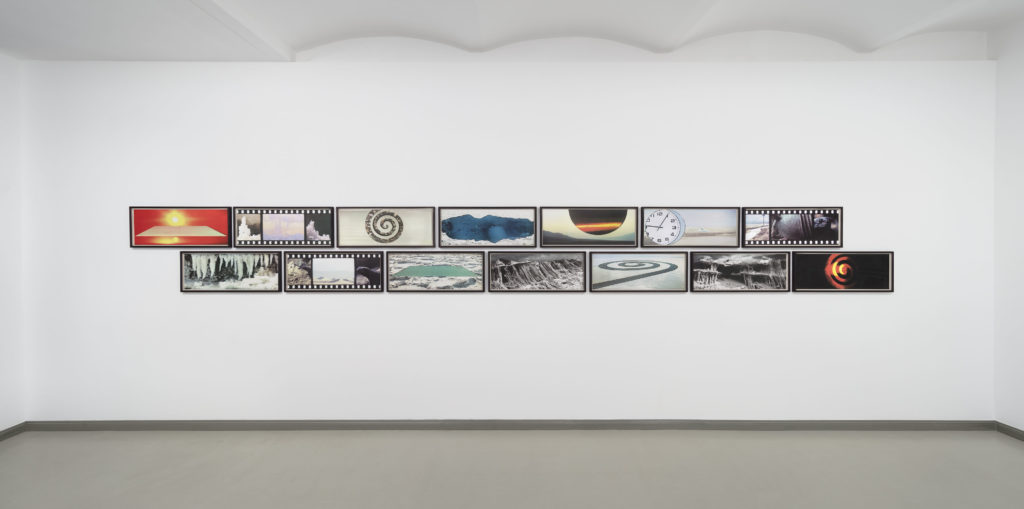
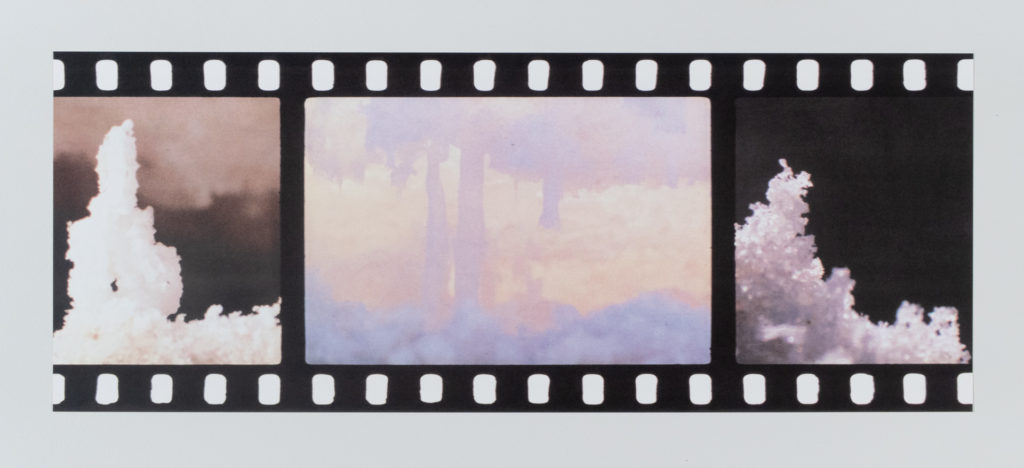
Dean’s film JG and subsequently the offset lithographs of JG (offset), both 2013, are inspired by Tacita Dean’s correspondence with British author J.G. Ballard about connections between Robert Smithson’s iconic earthwork and film Spiral Jetty (1970) and Ballard’s short story The Voices of Time (1960). JG is a visually stunning, elliptical interpretation of a speculative conversation between Ballard, Smithson, and Dean that reaches across decades and disciplines.
The 35mm Cinemascope film was shot at six different sites in the saline landscapes of Utah and Southern California. Requiring that the film be put through the camera multiple times, the aperture masking technique gives each frame the capacity to traverse time and location in ways that parallel the effects of Ballard’s fiction and Smithson’s earthwork and film. The connections between Ballard’s short story, ending with its main character building a mandala in a dried saline landscape and Smithson’s earthwork in the Great Salt Lake, are unequivocal.
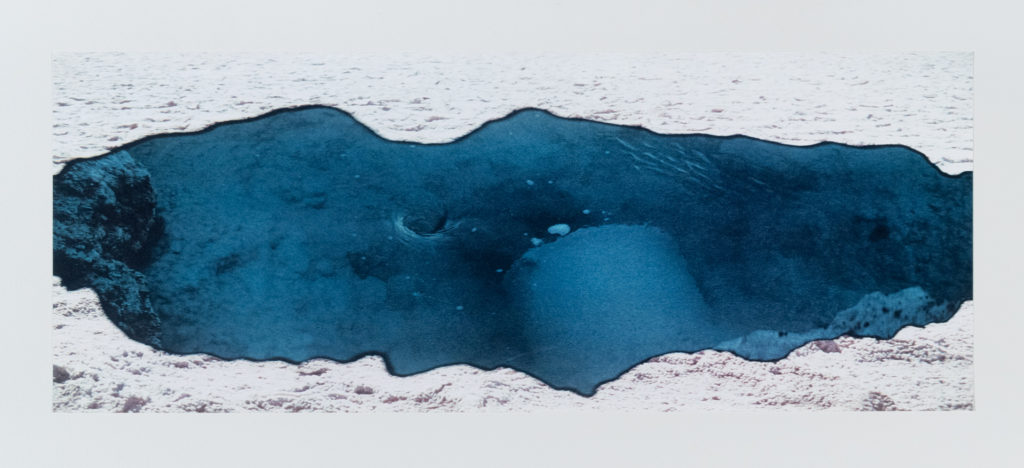
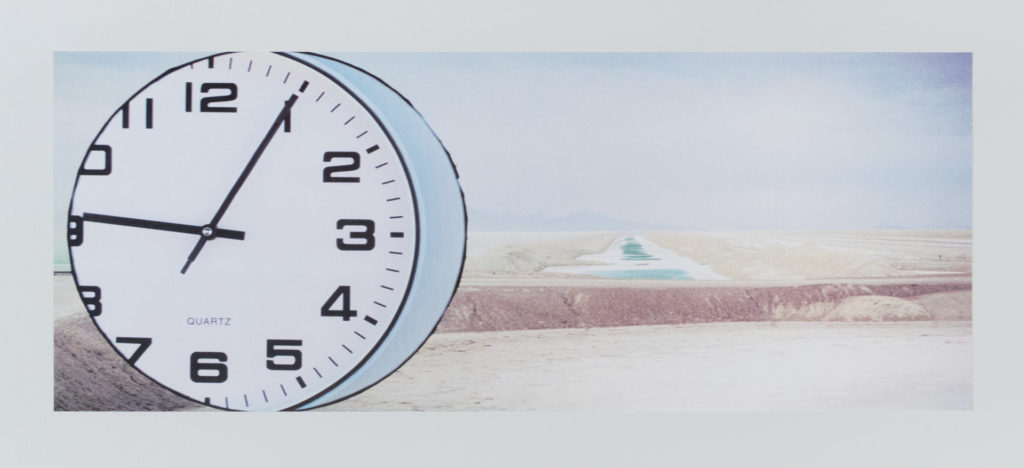
Learn more about Tacita Dean
